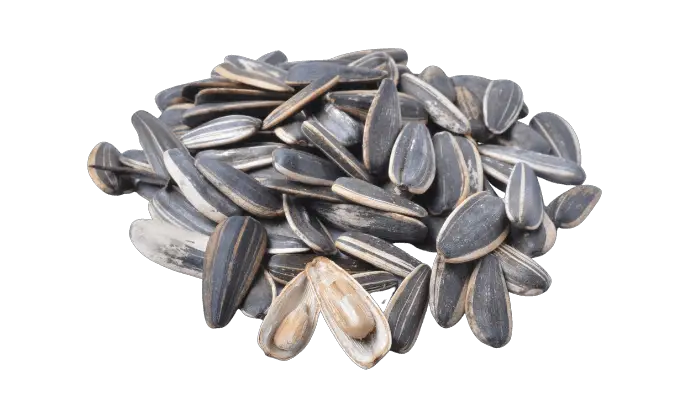The Magpie pigeon also known as the English Magpie pigeon, is a small to medium but tall breed of fancy pigeon characterized by a slender body, erect posture and distinctive markings and colors.
Origins of the Magpie Pigeon
The Magpie pigeon is the result of many years of selective breeding by dedicated breeders and fanciers.

Evidence points to the original magpie pigeon being an old Tumbler variety believed to be an Elster Tumbler (aka German magpie) that originally came out of Denmark via Germany before 1876.
The German breed was modified to produce a bird that was more stylish overall with a greater length and reach.
It became more erect with longer legs and the head was made narrower and longer.
The new bird breed was later crossed with a French Baghdad pigeon and today, most English magpie pigeons are of the German/English/Bagdad bloodline.
The magpie pigeon is often referred to by its nickname, the ‘Queen of Pigeons’, in England.
This is largely to do with the fact that the breed can very easily be spotted in all parts of England, as well as most parts of America.
Distribution And Habitat of the Magpie Pigeon
A lot of magpie pigeons are kept domestically in the UK.
The bird was first exhibited in the USA in the late 1870s and is popular in New York state and New Jersey with limited populations elsewhere in the country.
It is bred for its beauty as a show bird, for its racing qualities or kept simply as a pet for which it is very well suited.
The Magpie pigeon is a hardy breed and adaptable to all kinds of climates. It can still be found in some places across Eastern Europe in its original, undomesticated form.
There’s a Facebook group for English Magpie owners and pigeon fanciers.
Magpie Pigeon Appearance
| Wingspan | Length | Weight | Coloring | |
|---|---|---|---|---|
| Magpie Pigeon | 50+ cm | 40+ cm | 400 – 460 g | Black, dun, blue, silver, red, yellow, cream, pearl and Isabel. |
| Average Feral Pigeon | 64 – 72 cm | 32 – 37 cm | 300 – 500 g | Bluish grey with some black |
The body of a magpie pigeon is predominantly white.
The head, neck, breast, back, saddle and tail are all colored, generally a black that carries a metallic, iridescent sheen.
The cut on their breast should ideally be evenly defined and sharp.
The black and white coloring resembles that of a magpie and is probably the origin of its name.
The black feathers exhibit the same characteristic iridescent sheen in both breeds of these two birds but put a photo of them side by side and you’ll see that’s where the resemblance ends.

For exhibitions, the most desirable magpie pigeons are those with black coloring, but they can also be found in yellow, silver, dun and blue colors.
One particular genetic quirk is that the silver and blue mutations of the breed have black tail bars.
The beak of a magpie pigeon is longer than average and flesh-colored.
They tend to stand slender and tall on clean legs with their elongated necks outstretched.
Character of the Magpie Pigeon
The magpie pigeon has a reputation for being a very hardy and strong breed, evidenced by the way in which they can handle all types of climates.
The Magpie pigeon’s US Breed Group is ‘Fancy’, but in the EE Breed Group it falls in the category of Tumbler and Highflyer.
That is, the magpie pigeon is a very good flyer.
The breed is known to have a very calm and ‘good’ temperament, which makes them an ideal choice for beginners who are starting out in the world of pigeon fancying.
If you’re looking to keep a pigeon as a pet, the English magpie pigeon is chatty and entertaining, making it fun and interesting.
Magpie pigeons breed very well and prove to be very reliable and responsible parents.
The average life expectancy of this breed is 10+ years which is among the longest in domestic pigeon breeds.
Magpie Pigeon Diet
Adding to their ease of care, the breed’s ideal diet is simply what a pigeon eats.
The birds are granivorous and can be fed proprietary seed mixes or a feed mix you make yourself.

You need to feed your bird well so it stays healthy and in the best condition for exhibiting or flying.
You might give your bird the occasional treat like chopped fruit or popcorn.
Ensure there is always a supply of fresh, clean water and grit if you fall on the side of the debate that says pigeons need grit.
Magpie Pigeon Mating and Breeding
Being a domesticated fancy pigeon, the mating and breeding of magpie pigeons is very much controlled and dictated by the owners and breeders themselves.
Pairs will be selected to breed based on the strong and ideal characteristics the breeders want to continue and emphasize.

This can be anything from size to coloring to flying ability to overall strong health and more.
The magpie pigeon is considered to be an easy breeder and a good parent.
Taking Care Of Magpie Pigeons
The rules of caring for a magpie pigeon are no different to the classic guidelines for keeping any fancy pigeon in a domestic setting.
They require common sense care such as a clean, specious living habitat, access to natural sunlight and outdoor space, access to plenty of fresh food and water, and a well-covered floor that should be regularly cleaned out in order to avoid any kind of contamination.
The English magpie pigeon is a multi-faceted and versatile breed that will fulfill the criteria for pigeon fanciers who want to show, fly or keep a bird as a pet.
